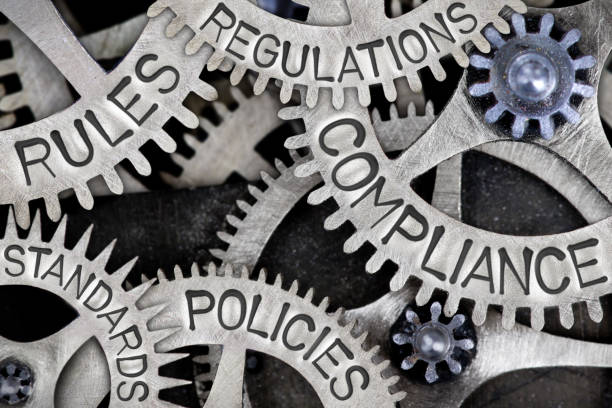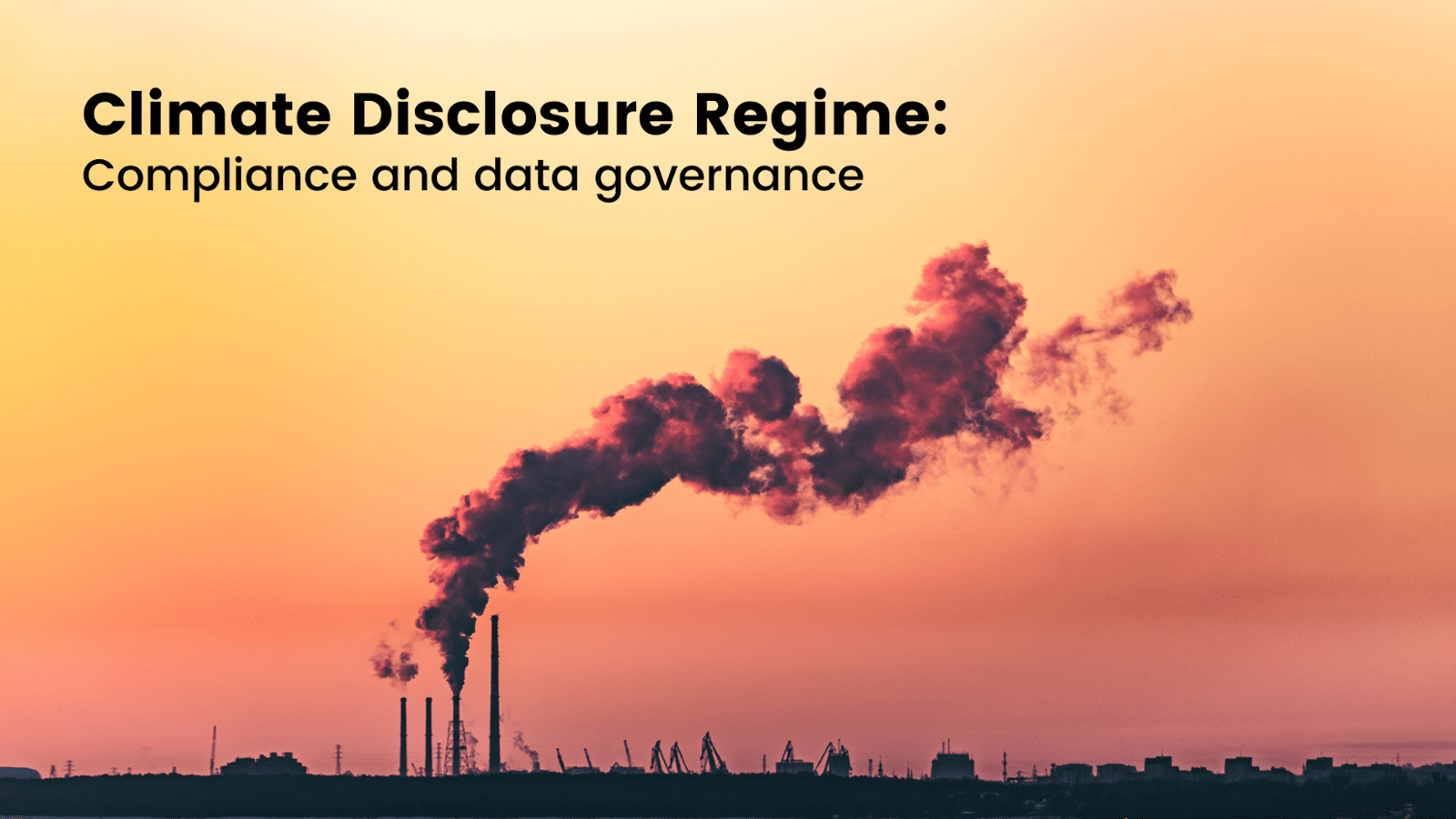New Zealand has become one of the first countries in the world to mandate that large companies must report on their climate emissions as well as the climate-related threats they face. Who does it apply to and how does it affect your business?
The new rules apply to around 200 of our NZX-listed and large companies, banks, insurers and fund managers - those with annual revenue of $60 million a year or more.
The Financial Markets Authority oversees the new regulation, which will require the first climate statements to be published in April 2024 for the previous financial year.
Next month, final record keeping guidance will be published, indicating exactly what data needs to be gathered and in what formats. The aim is to require our big companies to disclose their climate impact, giving investors and partners visibility into the sustainability of our businesses.
Most large businesses are already gathering and reporting data as part of compliance processes. Many are already reporting ESG (environment, social, governance) data and indicators. But with the new climate disclosures requiring independent auditing, companies will need to have robust processes in place.
“You need to be able to report on your greenhouse gas emissions from scope one - your direct emissions, so things like the fuel for your cars, the energy you're purchasing, but also the scope three emissions that are generated across the whole supply chain,” Greg Scott, a KPMG director and data governance expert, told The Business of Tech podcast earlier this month.
Know your data lineage
For many businesses with operations spread throughout the country, that will require a more mature approach to capturing, storing and reporting emissions data.
A plethora of software platforms from the likes of Microsoft, Salesforce, and AWS have emerged in recent years to help companies gather such data in one central place, giving them a dashboard of indicators and data in formats that regulators require.
Sustainability consultants like Toitū Envirocare are also offering advice to businesses on best practice.
“I think the challenge will be how you pull all that information together and use it to inform your decision making around risks and opportunities in the future,” says Scott.
A focus on data governance will be key, including understanding where your data is coming from, what Scott refers to as your “data lineage”.
“So what's your source system? How's it transformed? What are the algorithms? Are you comfortable with all that kind of stuff? Do you have controls in place to manage data quality?” he says.
These are all questions, sustainability officers and senior leadership teams will need to be asking themselves as the new regulations loom.
Ultimately, Scott says, the disclosure regime should be seen as an opportunity to improve ESG performance. A KPMG report last year ranked New Zealand 38 out of 58 countries in its Survey of Sustainability Reporting by the top 100 companies in the country.
KPMG described that performance as “underwhelming” and a risk to our competitiveness as other countries improve their ESG performance.
“I think everyone wants to do the right thing,” Scott told The Business of Tech.
“You can start seeing where you can cut back and actually make a difference. So I'm really hopeful that this is going to start accelerating climate resilience in New Zealand moving forward.”
Here are five things you can do now to prepare for the climate disclosure regime, and to set up your voluntary ESG reporting efforts for success.

1. Understand applicable regulations and standards:
Familiarise yourself with the relevant local, regional, and national regulations that pertain to GHG emissions reporting. Understand the reporting frameworks, methodologies, and calculation methodologies that are recognised by regulatory authorities and international standards (e.g., FMA disclosure requirements, ISO 14064, GHG Protocol).

2. Set clear emission boundaries:
Define the scope of your emissions reporting. This includes determining what emissions sources will be included (e.g. direct emissions from owned facilities, indirect emissions from purchased electricity, emissions from business travel) and what emissions sources will be excluded. Defining clear boundaries helps ensure accurate and consistent reporting.
You should also employ internationally recognised emission factors for calculations. They provide standardised values for converting activity data (e.g., energy use) which enhances the credibility of your reporting.

4. Calculate emissions:
Apply appropriate calculation methodologies to determine greenhouse gas (GHG) emissions. Common methods include the operational control approach (Scope 1, 2, and 3 emissions) and the market-based approach (Scope 2 emissions using renewable energy certificates). Be consistent and transparent in your calculations.

5. Set emission reduction targets:
It’s one thing to report on your emissions, but what efforts are you also going to take to reduce your emissions footprint? Establish meaningful GHG reduction targets that align with your business strategy and the urgency of addressing climate change. These targets should be specific, measurable, achievable, relevant, and time-bound (SMART).



